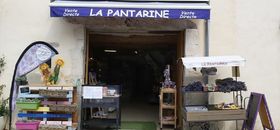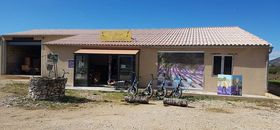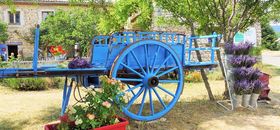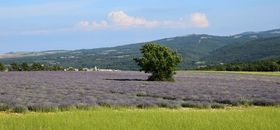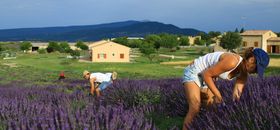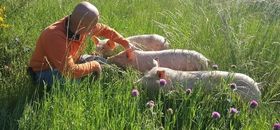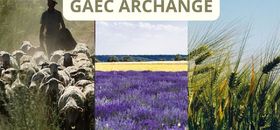Small spelt - or "cereal caviar" - is part of the Ventoux identity in the same way as the black truffle. Its blond fields were already there in prehistoric times and the Gauls ate it accompanied by saffron and hydromel!
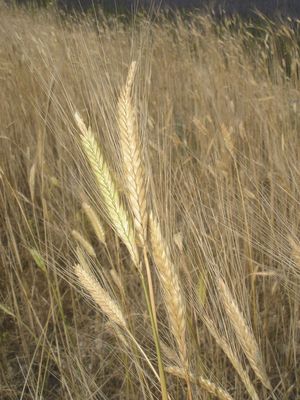
Triticum monococcum, whose first traces of cultivation date back to 9000 BC, is the true ancestor of the modern cereals.
Eaten in abundance until the Roman era, « the engrain » (the common name for this kind of spelt) was rediscovered by the general public only about thirty years ago.
Today this « Gallic wheat » is cultivated on the plateau of Sault and is harvested in August. The delicate stage of hulling is part of processing the grain.
Its colour and flavour are unique and it can be prepared in multiple ways, salty as well as sweet. Until today not less than 187 recipes have been listed. Spelt soup is a culinary tradition of the county of Sault.
In addition to its wonderful taste, particularly rich in vitamins, magnesium, iron and even more proteins, its remarkable nutritious qualities are acknowledged and recommended by renowned professors in medicine.
Learn more about small spelt avec Ventoux Saveurs here !
Majority of local producers grow this speciality. You may find it directly on their farms and on the shops.
Restaurants also suggest spelt on their menus. Do not hesitate to taste it !
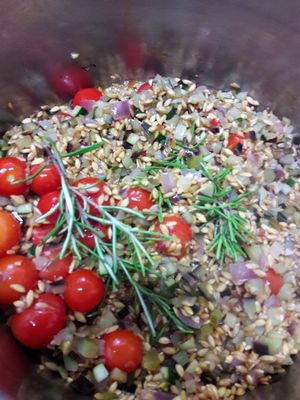
Risotto au petit épeautre ©LaMaguette
Its color and flavor are unique and it can be prepared in multiple ways, both savory and sweet. Have we not listed 187 recipes to date? Its soup is a culinary tradition from the Sault region.
In salads, as a side dish, in risotto, blinis, cakes, bread... you can use small spelled for all your culinary preparations. It is found in the form of grain, flour, flakes, pasta...
Some recipe ideas here proposed by the Syndicat du petit épeautre de Haute-Provence.

